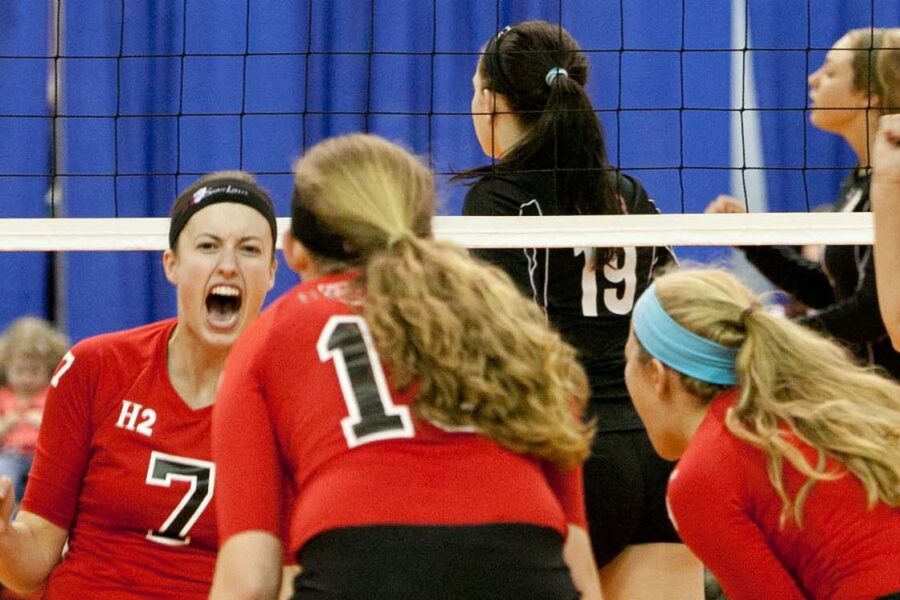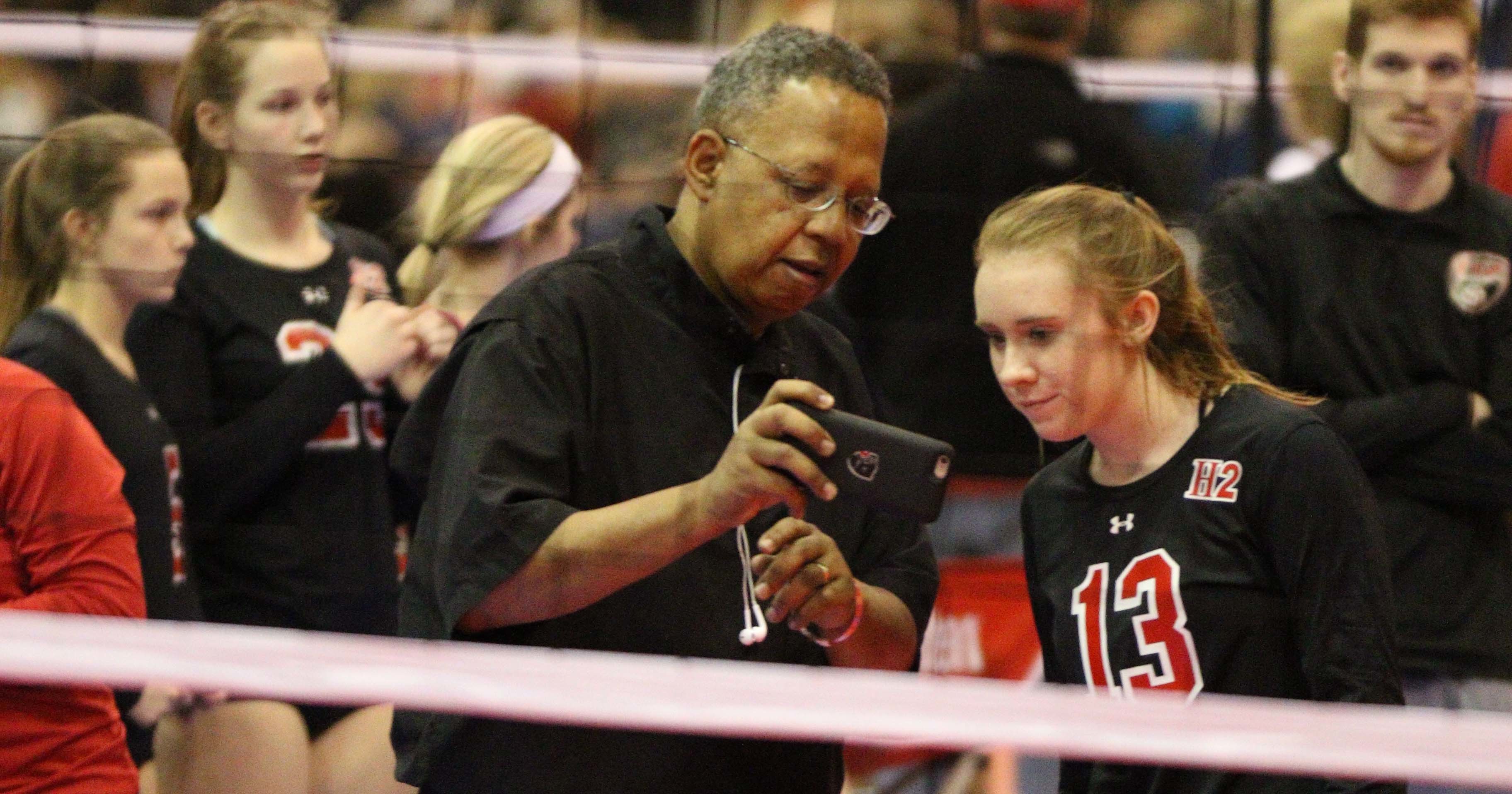No Time to Lose: St. Louis Volleyball Club Finds Success with Data and Video Midseason

Why wait until the offseason to start improving your club’s ability to develop players and get them recruited? H2 proved it can be done on the fly.

The biggest hurdle for Davis was buy-in. He had to prove to parents and coaches that Hudl was not only worth their money but also their time. The switch didn’t flip immediately, but after about 10 games the data delivered an objective view of team and player performance and started to win over the doubters.
“Once I began to get that feedback to the parents of the 15s after 10 games, it became apparent to them that the decisions we were making in terms of alignments were not emotional decisions,” Davis said. “Without measurement tools, you’re always going to be second-guessed by decisions you are making in respect to lineups. You’re always going to have parents that think their kid should play more because they see their kid working harder than everybody else, or they feel their kid is better at a role. Those are all subjective decisions and they’re not framed in information that could be critical. Hudl has an opportunity to elicit more measured content.”
As players created highlight videos and sent them to colleges, there was a marked uptick in recruiting as well. H2 has long been a respected development club and helped a combined 44 players in the 2014, 15 and 16 classes to reach the next level. But those numbers spiked recently with 19 members of the 2017 class committed to colleges, and 28 2018 players have already made commitments.
Many video services charge more than $700 to create recruiting packages, but Hudl allowed players and parents to craft eye-catching highlights without the extra charge and hassle.
“The dramatic increase hasn’t even begun yet,” Davis said. “Players finding out that they have access to tools that help them achieve their goals is as important as winning a national championship."
"We’ve created hundreds and hundreds of college videos for players and those kids are getting noticed and they’re getting more opportunities to be seen by others.”
Now that he has proven the effectiveness of video, Davis is trying to spread it even further throughout H2. He’s offering Hudl to more teams this year and is encouraging interested parties to attend training sessions in September and October. He hopes to host webinars to make the learning process even more convenient.
There will still be a learning curve for H2 and Davis admits not everyone is completely bought in just yet. But once the results emerge and the data and video speak, most tend to get on board.
“That’s going to be more valuable to you than any other piece of information available to you to put the best six kids on the court at any given time,” Davis said. “Is it worth it? Absolutely. Is the cost reasonable enough? Absolutely. Is the ease of the program such that you as an individual can use the information? Absolutely. If you’re trying to convince yourself and your coaches and you’re trying to do the best you can for your athletes, giving them that information allows them to see where they are. It’s going to be essential to help them grow as players.”